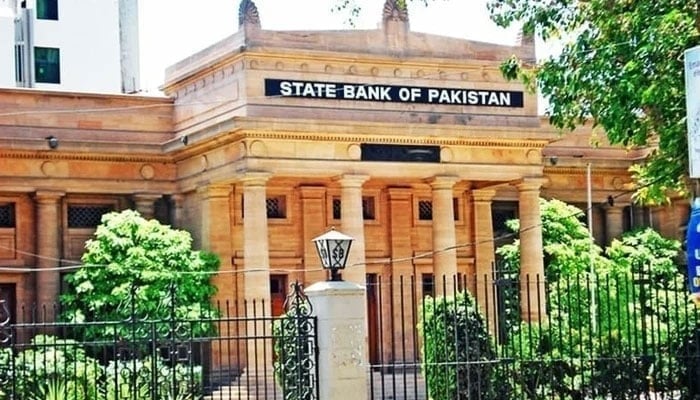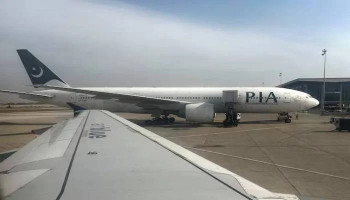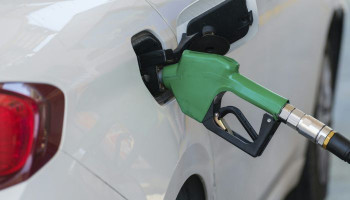
An undated image of State Bank of Pakistan.—SBP
Pakistan is experiencing rapid growth in digital payments, especially for retail, but high-value transactions are still largely reliant on cash and paper-based methods, revealed the State Bank of Pakistan’s (SBP) latest Payment Systems Quarterly Review for Q3FY25.
The SBP's report showed that 89% of retail payments came via digital channels compared to paper-based methods, those digital payments made up only 29% of the overall transaction value (Rs48 trillion of Rs164 trillion).
Whereas, over-the-counter (OTC) and paper-based payments, which only make up 11% of the volume of transactions, had an enormous share of the value at 71%.
This means that in Pakistan, large payments are still mainly conducted in cash and/or manually, potentially due to a lack of trust, limited digital literacy, or barriers to accessing high-value digital channels.
Overall, digital payments are growing quickly as well. Retail payment volumes in Q3FY25 increased 12% to 2,408 million transactions, and total value grew 8% to Rs164 trillion. Mobile apps and wallets carried out 1,686 million transactions worth Rs27 trillion, showing promising adoption.
User numbers also went up:
- Mobile banking users: 22.6 million (up 7%)
- E-money wallets: 5.3 million (up 12%)
- Branchless banking: 68.5 million (up 6%)
- Internet banking: 14.1 million users (up 7%)
However, large payments via digital means are still rare. The RTGS system handled Rs347 trillion in value, while Raast, SBP’s instant payment system, showed impressive growth in P2P transfers but limited uptake in P2M (merchant) payments.
Experts say challenges like cash preference, weak credit infrastructure, and low interoperability remain key hurdles in achieving full digital financial inclusion in Pakistan.
















